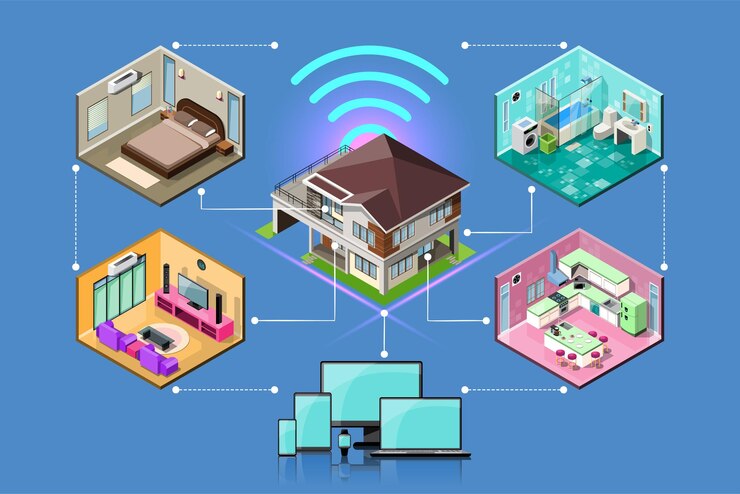Internet of Things
The Internet of Things (IoT), Edge Devices, and the Future of Machines
The rapid evolution of technology has given rise to an interconnected world where devices communicate seamlessly, giving birth to the Internet of Things (IoT). At the heart of this technological revolution are edge devices, playing a pivotal role in transforming how we live, work, and interact with the digital realm.
Internet of Things (IoT):
The Internet of Things refers to the vast network of interconnected devices that communicate and exchange data over the internet. These devices can range from everyday objects like household appliances and wearable gadgets to sophisticated industrial machines. The primary objective of IoT is to enhance efficiency, automation, and decision-making by enabling devices to collect and share information.
In the context of IoT, data is the currency. Sensors embedded in devices gather real-time information, and through the power of the internet, this data becomes accessible for analysis and utilization. This interconnected ecosystem opens up a multitude of possibilities across various industries.
Edge Devices:
Edge devices are a crucial component of the IoT architecture. Unlike traditional systems that send data to a centralized cloud for processing, edge devices process data locally, closer to the source. This approach reduces latency, increases efficiency, and ensures real-time decision-making, making edge computing a key enabler of IoT applications.
These devices, often equipped with sensors and processing capabilities, act as the first line of data aggregation. Examples include smart cameras, sensors in manufacturing equipment, and wearable health devices. Edge computing not only improves response times but also reduces the strain on network bandwidth, making it a vital technology for the evolving landscape of IoT.
Use Cases of IoT and Edge Devices:
- 1.Smart Homes:
IoT-enabled devices like smart thermostats, lighting systems, and security cameras allow homeowners to control and monitor their homes remotely.
- 2.Healthcare:
Wearable devices and medical sensors collect patient data, providing real-time insights for healthcare professionals. This facilitates proactive care, remote patient monitoring, and early detection of health issues.
- 3.Industrial IoT (IIoT):
Edge devices in manufacturing plants collect data from machines, enabling predictive maintenance, process optimization, and efficient resource utilization.
- 4.Smart Cities:
IoT applications improve urban living by optimizing traffic management, waste disposal, and energy consumption, creating more sustainable and livable cities.
- 5.Agriculture:
IoT sensors in the field monitor soil conditions, weather patterns, and crop health, allowing farmers to make data-driven decisions for better yields and resource efficiency.
- 6.Retail:
IoT technologies enhance the shopping experience through smart shelves, inventory management systems, and personalized customer interactions.
The Future of Machines:
As we look ahead, the convergence of IoT, edge computing, and artificial intelligence (AI) will redefine the future of machines. The integration of AI algorithms with edge devices will enable autonomous decision-making at the device level, reducing the need for constant human intervention.
The rise of 5G technology will further enhance the capabilities of IoT and edge devices, enabling faster and more reliable communication. This will be instrumental in unlocking new possibilities, particularly in areas such as augmented reality, autonomous vehicles, and advanced robotics.
In conclusion, the Internet of Things, powered by edge devices, is reshaping the way we perceive and interact with the digital world. As technology continues to advance, the future promises a seamless integration of machines into our daily lives, creating a more connected, efficient, and intelligent world.

